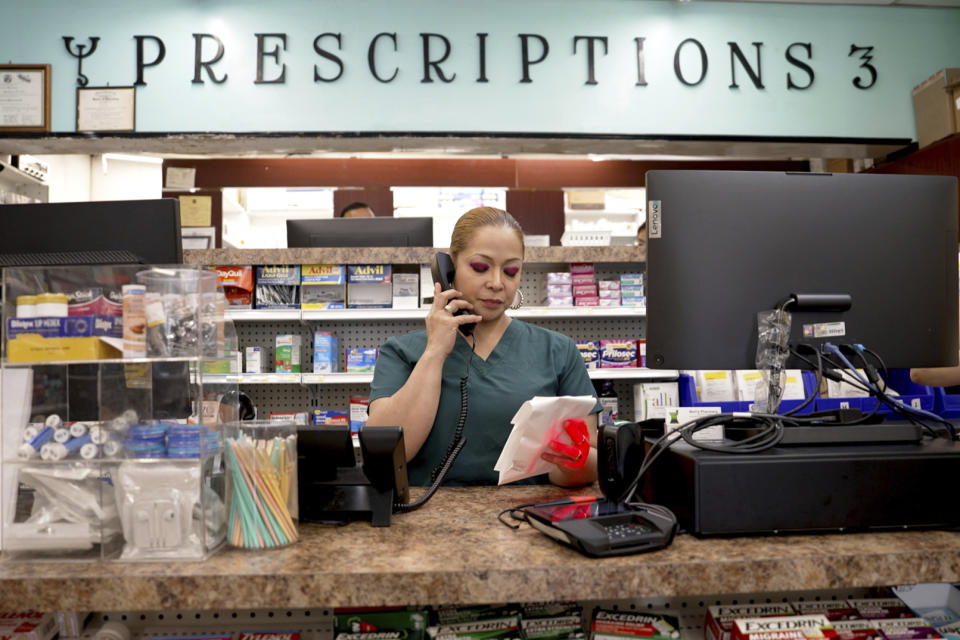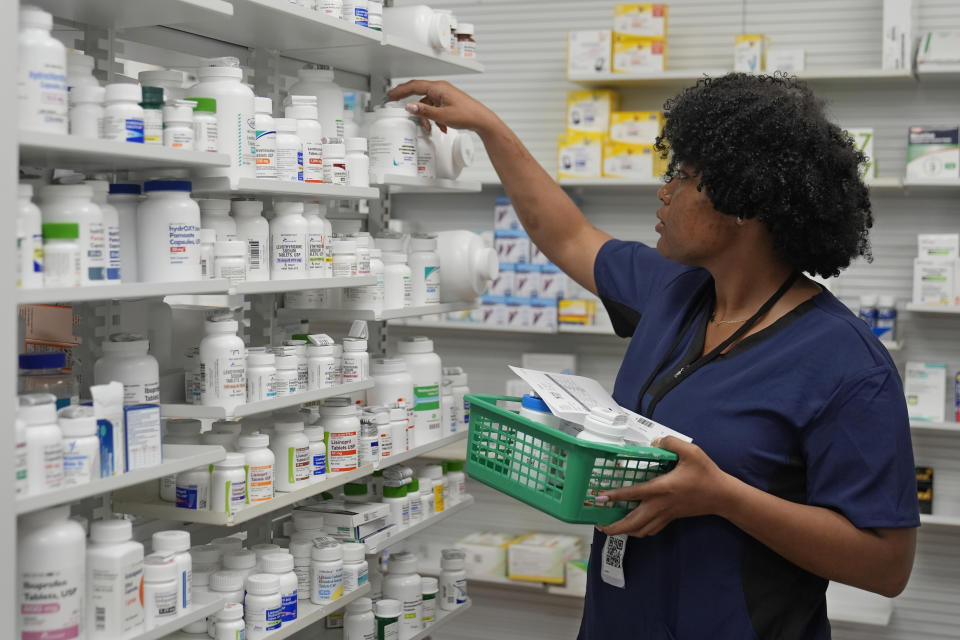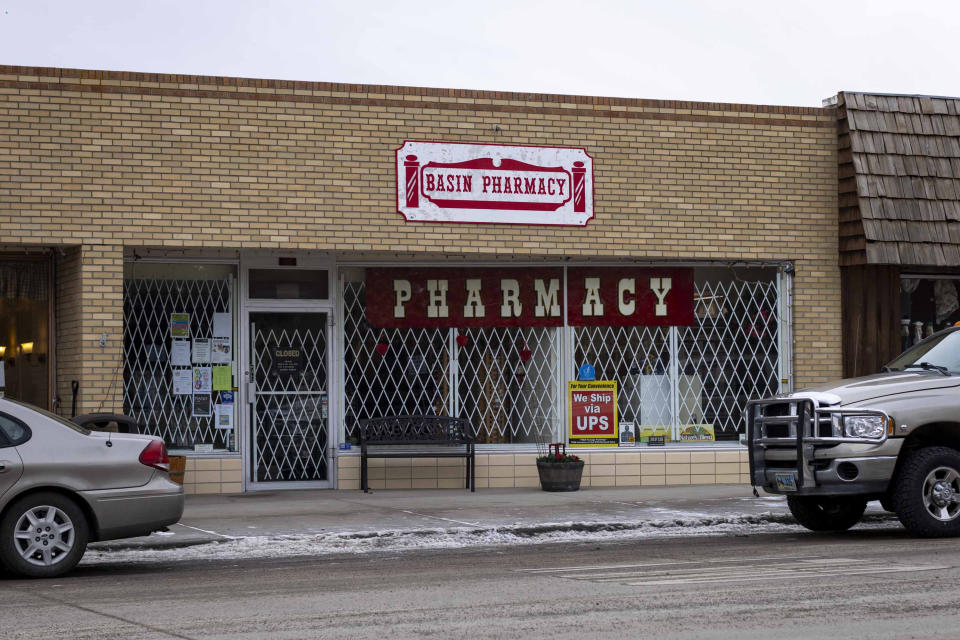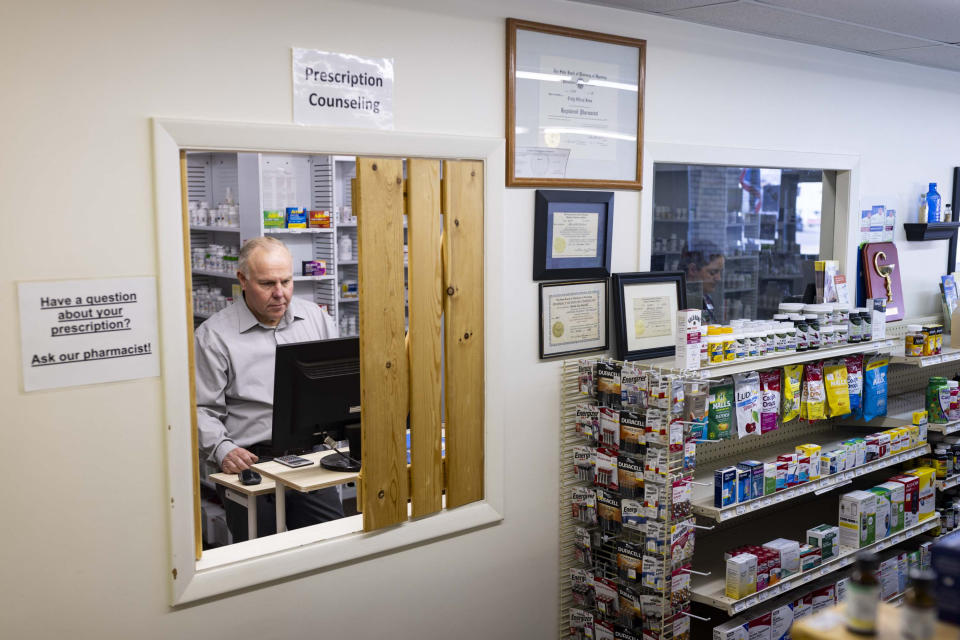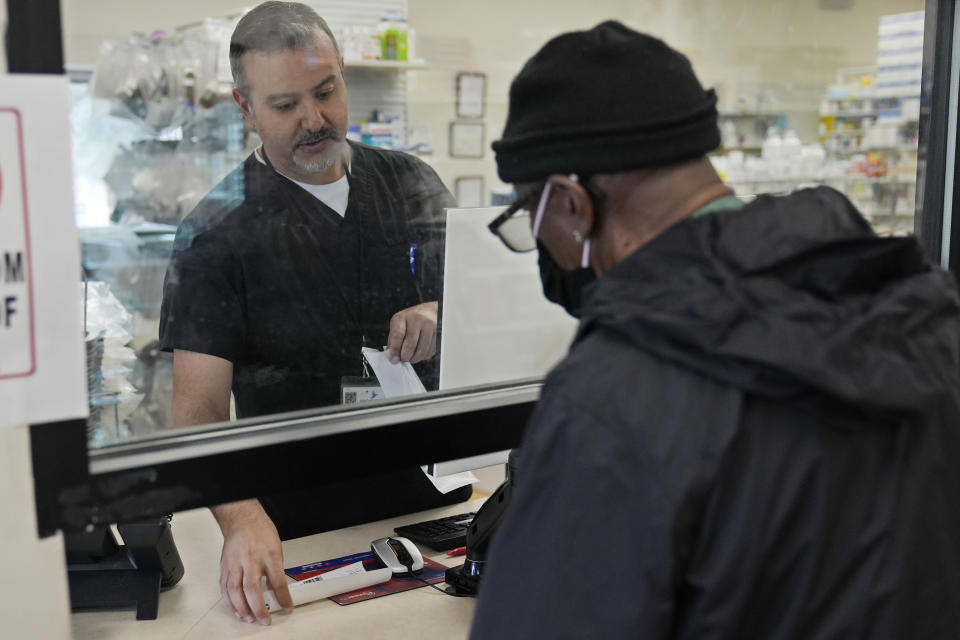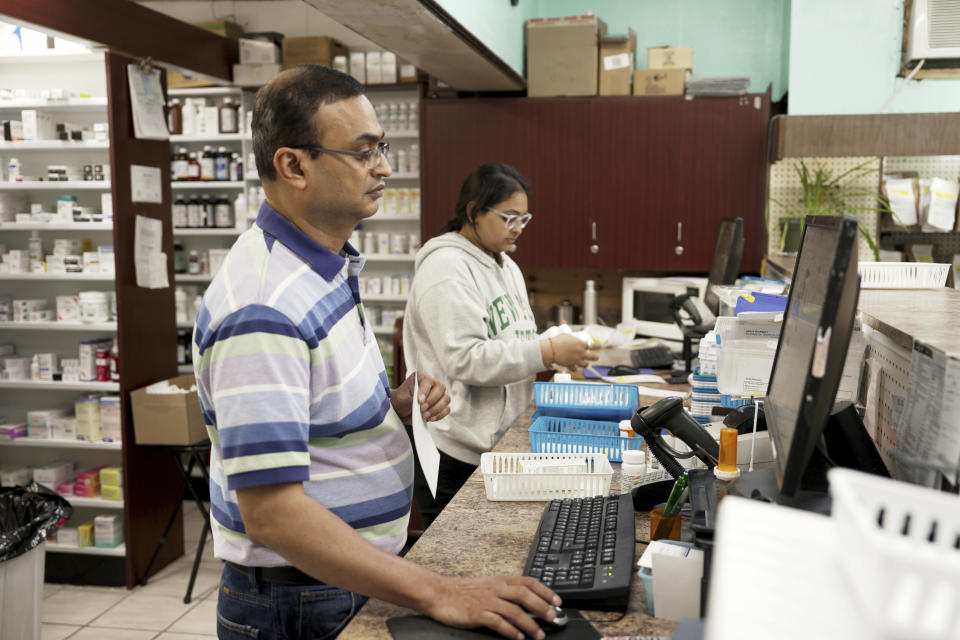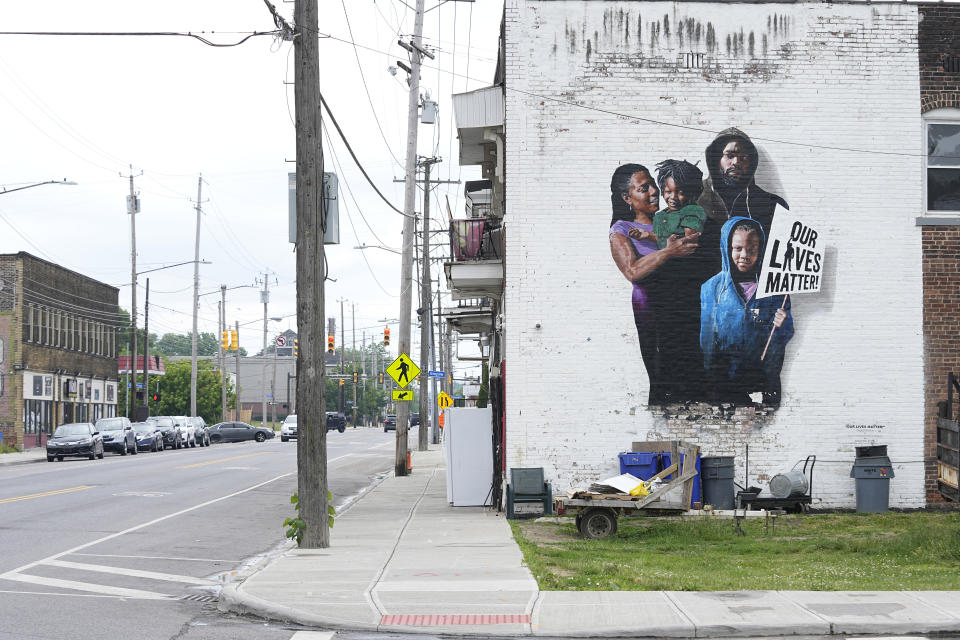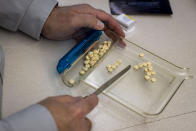As pharmacies shutter, some Western states, Black and Latino communities are left behind
Opening stores used to mean everything to pharmacy chains.
CVS Health once boasted of opening or buying more than 2,900 locations in a five-year period. Now it’s shuttering hundreds, while Walgreens, Rite Aid and independent drugstores also pull back.
An industry that saw waves of store growth before the COVID-19 pandemic faces headwinds like falling prescription reimbursement, persistent theft and changing shopping habits. But as drugstores right-size their physical footprint, experts say they can leave behind communities that have come to depend on them as trusted sources of care and advice — both of which can be hard to find in many urban and rural areas.
“That trust, you just can’t quantify it,” said Omolola Adepoju, a University of Houston health services researcher. “And I don’t think it gets spoken about enough when we talk about pharmacy closures.”
There's a pattern to who has access to pharmacies, with gaps forming in urban and rural neighborhoods.
Residents of neighborhoods that are largely Black and Latino have fewer pharmacies per capita than people who live in mostly white neighborhoods, according to an Associated Press analysis of licensing data from 44 states, data from the National Council for Prescription Drug Programs and the American Community Survey. It's consistent with prior research that documents where urban “pharmacy deserts” are more likely to be concentrated.
The AP also analyzed data from 49 states and found those with the fewest retail pharmacies per capita include Alaska, Oregon and New Mexico. About two-thirds of retail pharmacies in those states were owned by chains, while independent pharmacies tend to concentrate more in urban markets or states with bigger populations.
PHARMACY AS A CARE LOCATION
Drugstores have become bigger sources of care in recent years, sometimes by design or necessity — especially for customers who work multiple jobs and can't easily get to a doctor. Many pharmacies, including the two largest chains, offer clinics and more than a dozen vaccines to treat patients. They’ve also encouraged pharmacists to counsel patients more on managing conditions like diabetes or high blood pressure.
Prakash Patel at Bert's Pharmacy in Elizabeth, New Jersey, said sometimes the pharmacy is a sick customer's “first stop.”
“There is no easy access to a doctor’s office. You need an appointment. They have limited hours," the store owner and pharmacist said. "So any time any child or adult — whoever is sick — where are they going to go first? To the pharmacy.”
In rural areas, drugstores often serve multiple roles for their communities, with pharmacists seeing regular customers more than a doctor does, said Megan Undeberg, a community pharmacy expert at Washington State University. That means they may be the first to notice signs of things like Alzheimer’s or Parkinson’s disease and suggest the patient seek help.
“You’re the smoking cessation counselor, you’re the suicide prevention counselor," she said. ”You know just about everything about everyone, but it’s confidential."
A few weeks before the CVS in Herscher, Illinois, closed in early March, farmer Kip Harms picked up a muscle relaxer for a back injury. He asked the staff if he could take it with Tylenol.
Harms said he'll have other options in the rural area that's nearly 80 miles south of Chicago, but it won't be the same.
“You can stand here and have a conversation," said Harms, 56, from nearby Cullom. "You go to the big giant one where there’s 40 people in line, you feel like you’re inconveniencing the person that’s helping you.”
PACE OF DRUGSTORES CLOSING
The big drugstore chains still have thousands of locations, and the AP's analysis counted more than 24,000 independent pharmacies. But drugstores routinely close because they aren’t doing well or the population has dropped — and the pace of closures is picking up.
CVS said in 2021 that it planned to close 900 stores over three years; more than 600 already have shuttered. Rite Aid is expected to close hundreds as it works through a bankruptcy reorganization.
Across the U.S., more than 7,000 pharmacies have closed since 2019, according to data from University of Pittsburgh researcher Lucas Berenbrok, who considers that estimate conservative. Of those pharmacies, 54% were independent drugstores, an AP analysis of Berenbrok's data found.
“I think what (drugstores) have realized in the past couple years is that they are a little thinly spread out,” said Keonhee Kim, an analyst at the research firm Morningstar.
Blame the closings on problems like sliding revenue and rising expenses. For years, the reimbursement that drugstores receive for filling most prescriptions has shrunk while things like utilities and employee pay continue to climb.
Theft also is a problem, and Walgreens has cited it as one of the many reasons it closes stores. Drugstores often carry small, pricey items like beauty supplies, batteries and baby formula that are easy to steal and resell, said Burt Flickinger III, managing director of the retail consulting firm Strategic Resource Group.
It can take new pharmacy locations as many as three years to build a customer base and break even, said Jeff Jonas, a portfolio manager at Gabelli Funds who follows the industry. That's tough when customers also are less reliant on drugstores now than in decades past.
He said shoppers buy more things online or during bigger trips to Costco or Walmart, and discount stores look even more attractive when inflation pushes up prices.
“I don’t think (consumers are) walking into the pharmacy two or three times a week and doing those little impulse buys in the front of the store as often,” Jonas said.
Drugstores say they haven’t forgotten the communities left behind when a store closes. Walgreens, for instance, delivers some prescriptions for free within a 15-mile radius.
But deliveries don’t involve seeing a pharmacist or a pharmacy staff. And pharmacy technicians and others behind the counter often look like their customers or may speak a language that's dominant in the neighborhood.
At least one in six retail pharmacies reported offering services in Spanish, according to the AP's analysis of pharmacies in 49 states and data from the National Council for Prescription Drug Programs.
That connection can't easily be replaced “by telling patients, ‘Go to the next pharmacy,'" Adepoju at the University of Houston said.
Governments are starting to pay attention, too, with some states planning to study pharmacy closures, according to the National Conference of State Legislatures. Adepoju would like to see more regulation, given the growing role pharmacies play in providing care.
“If health care is seen as a right, not a privilege," she said, "then you shouldn’t be able to just shut it down because you submitted paperwork and you put a notice on the front of your door.”
___
AP Health Writers Kenya Hunter and Devi Shastri and AP videojournalist Shelby Lum contributed to this report. Shastri reported from Herscher, Illinois.
___
The Associated Press Health and Science Department receives support from the Howard Hughes Medical Institute’s Science and Educational Media Group and the Robert Wood Johnson Foundation. The AP is solely responsible for all content.

 Yahoo Finance
Yahoo Finance 